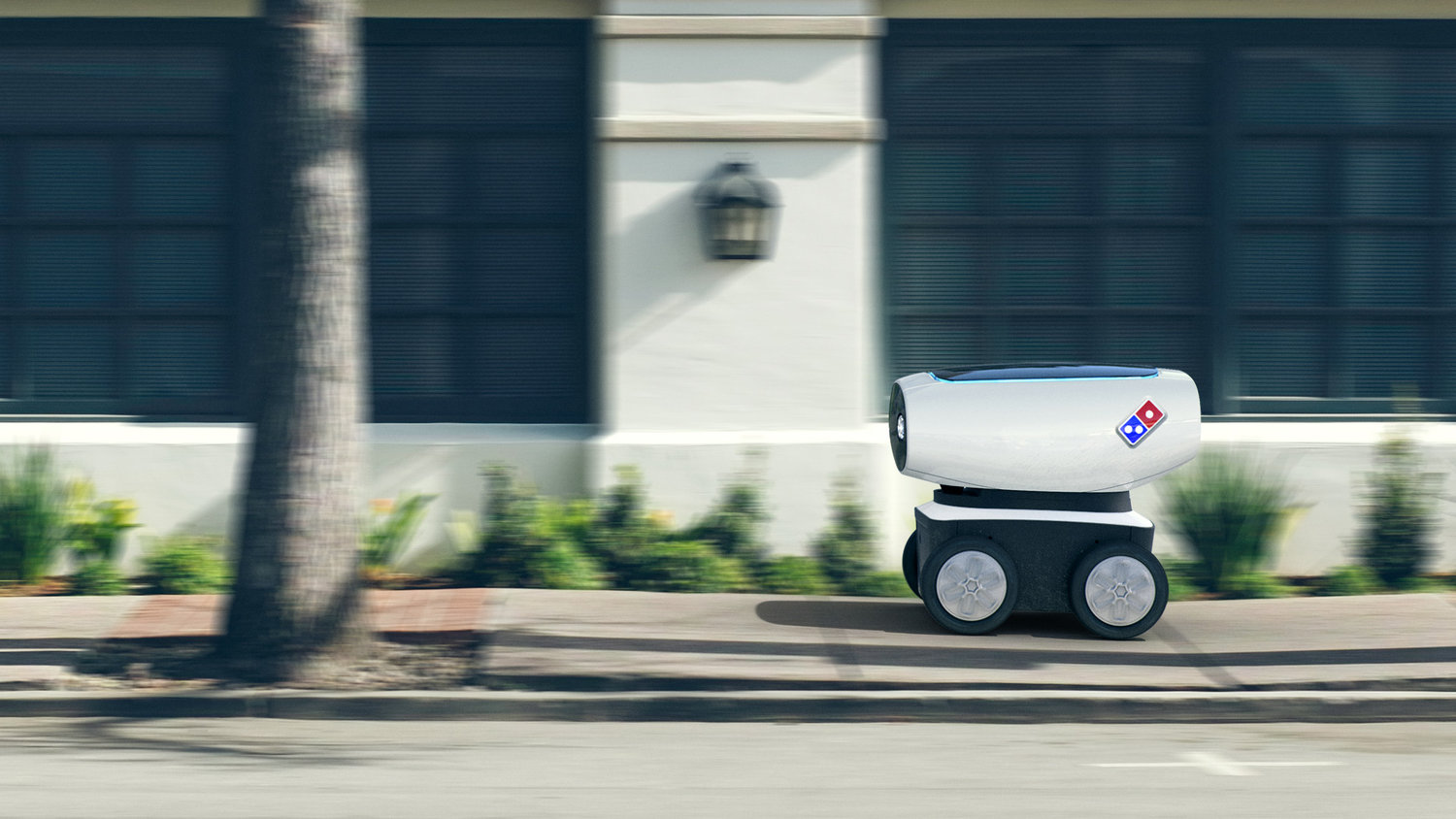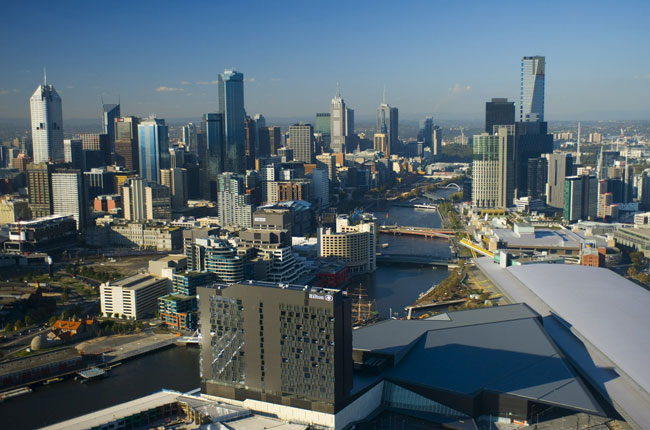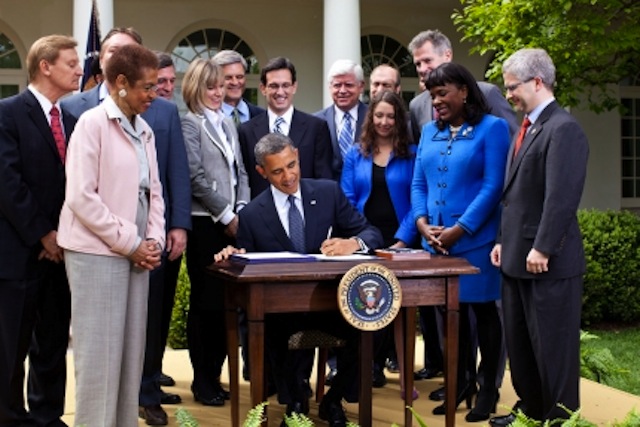Thinking about design and getting to market should be a priority for startup businesses says Murray Hunter, founder of Sydney’s Design + Industry.
Having won over 160 design awards during 30 years of running Design + Industry and employing 50 specialist designers and engineers in his Sydney and Melbourne offices, Murray has many insights in what makes a successful product.
“Some of those companies have gone on to become world leaders, it’s a hell of ride and it’s a fabulous relationship where 15 or 20 years later you have a client relationship that’s dominating the world.” he recalls.
Thinking like designers
The current startup scene in Australia provides an opportunity for the country, Murray believes.
“We’re losing manufacturing industry but there’s a whole new wave of businesses and startups based around new technologies, particularly around IoT”

“The world wants to think like designers and lead by innovation, which is a really interesting line. You have the American government that wants to design think and you have all these large accounting firms that want to be design thinkers as well.”
“But everyone wants to be innovative and provide a better experience to the customer and we have all these new technologies that are giving us the ability to have a lot more information, be more informative.”
“It started with Apple with the iPod and then the iPhone and it’s led right through so we now have high expectations of what we want for products and services.”
Finding funding
His advice to startups is blunt, “the first thing you need is funding, If you don’t, start the process of development sufficient to develop collateral which enables you to gain investors.”
The development process itself starts with knowing the market.
“Products should be designed to suit the market, not on a hunch,” he says. “So you start with what the market wants and you go backwards. You don’t get dressed and say ‘where are we going’, you find out where you’re going and then get dressed.”
“The intelligent and qualified entrepreneur will have a lot of the problems solved, they’ll have done research, they’ll have knowledge of the market, they’ll know the segments it’s aimed at and quite often they’ll have route to market realised.”

“Crowdfunding makes a big difference as entrepreneurs can run a crowdfunding campaign, get initial sales and worldwide recognition for it. If it isn’t successful, that could be the end of it. Others know people who can fund it.”
“They may not have funding or they may, we have quite a few suppliers around us who will help with the funding process. We also know private individuals with deep pockets who are interested in investing.”
Changing the design industry
Over the past few years, the design industry has changed dramatically with the rise of Computer Aided Design, 3D printing along with new materials and manufacturing methods. Medical devices are one area that’s seen a rapid change.
“Thirty years ago medical products were low volume,” Murray recalls. “In Australia typically we’d make them out of sheet metal. Now the volumes have increased because the world is more easily accessed so we’re designing for higher volumes.”

“We’ve also got low cost manufacturing sources to provide solutions so we can develop a more sophisticated product that will be better received worldwide.
“The biggest change I think has been CAD (Computer Aided Design), the Internet and 3D printing.”
“CAD because we went from 2D drawing to 3D models, the internet because we no longer send DVDs or CAD files to our manufacturing partners and it means we can access manufacturers all over the world.”
“We’re working on a 3D printer that can make biomatter, in other words skin, there’s talk of doing teeth with the rigid externals and soft nerves. So where we go I can only think of organs, prosthetics, replacing cartilage which is a big thing for the elderly.”




